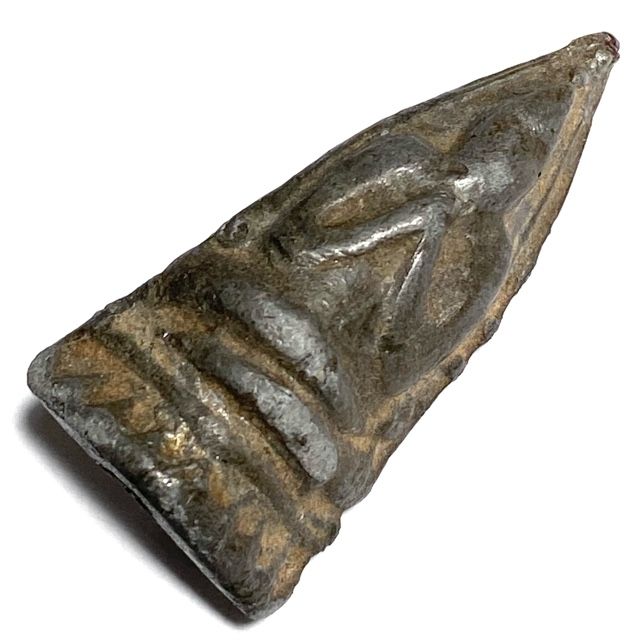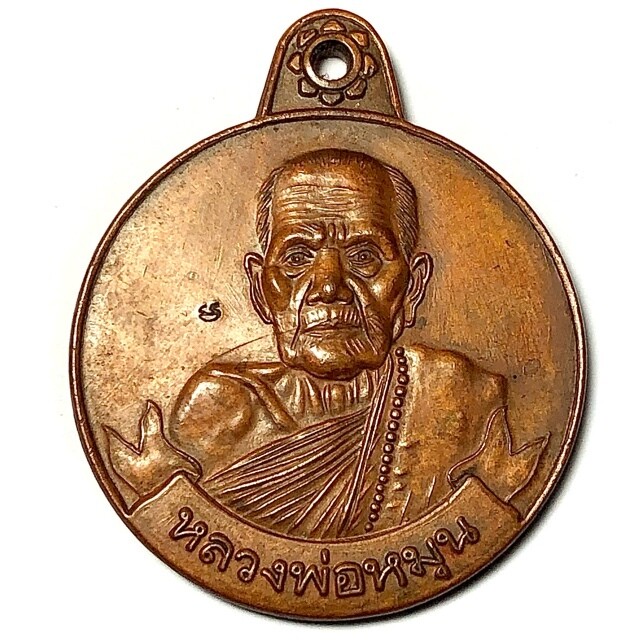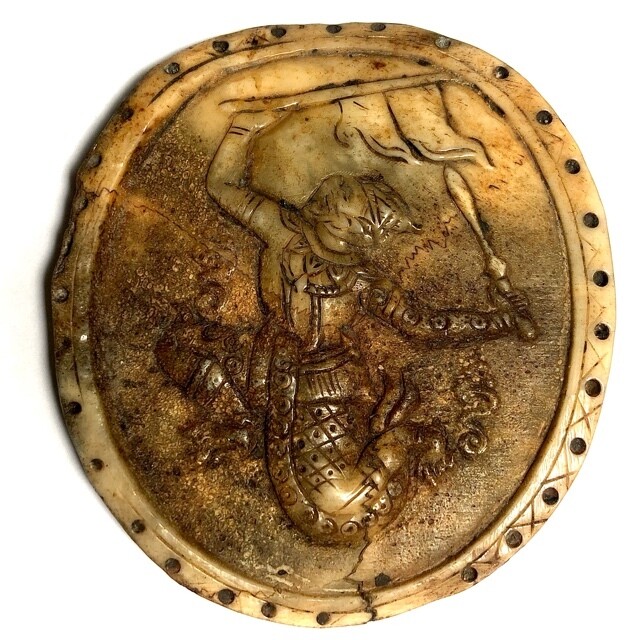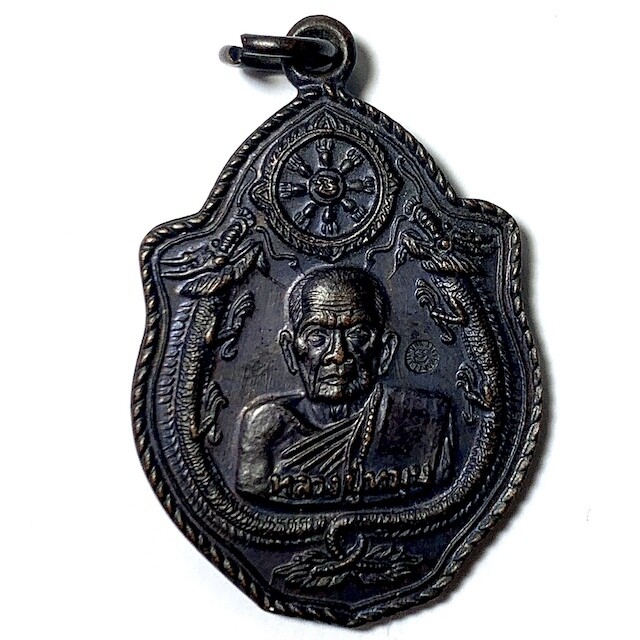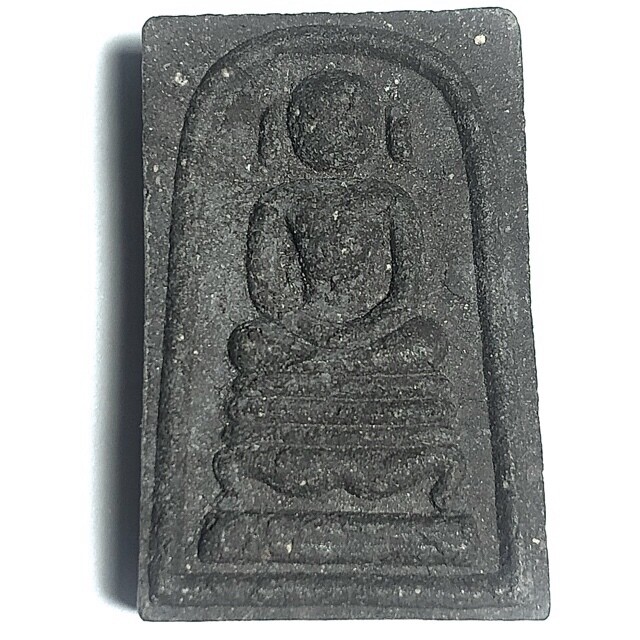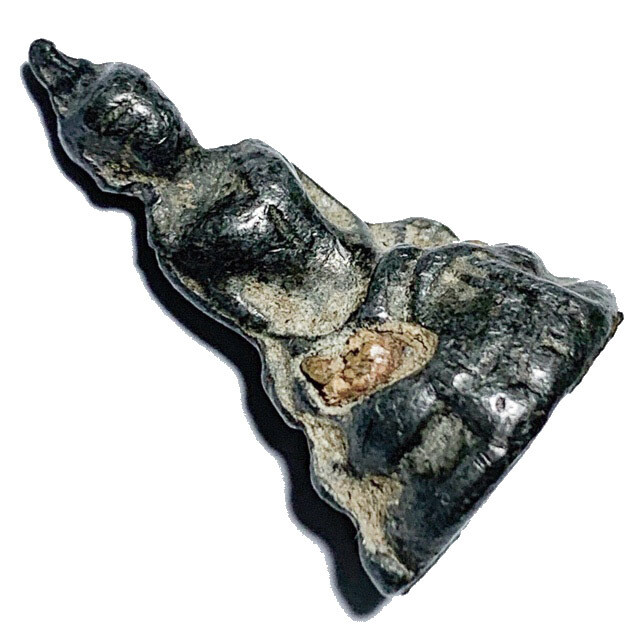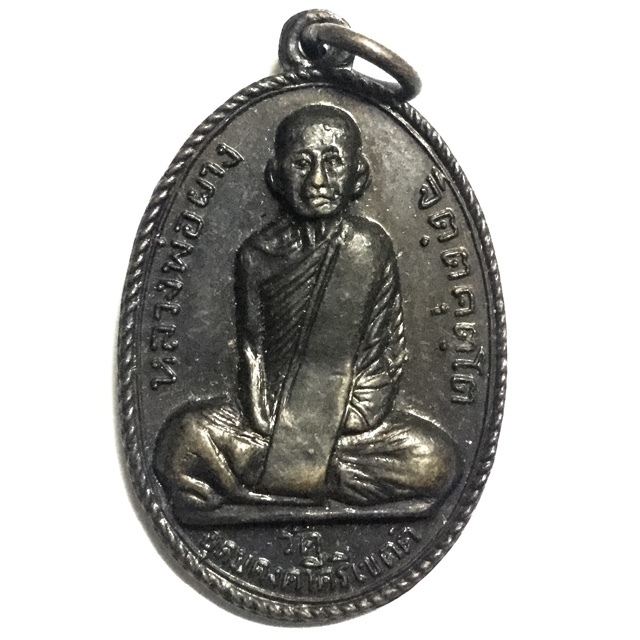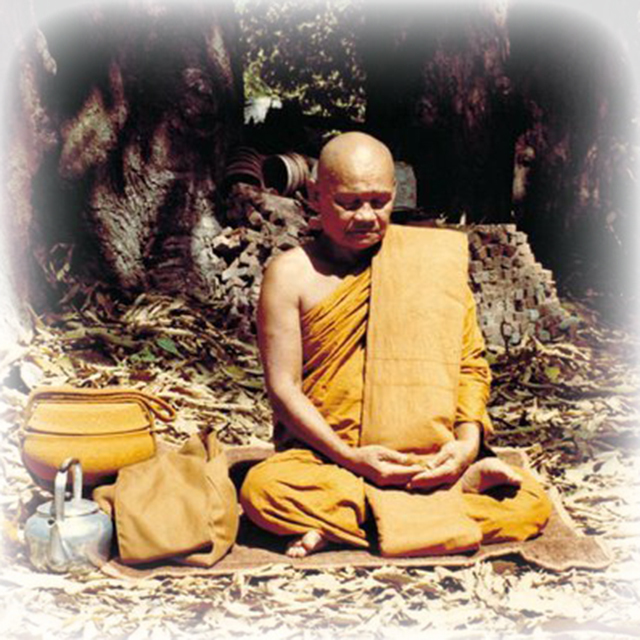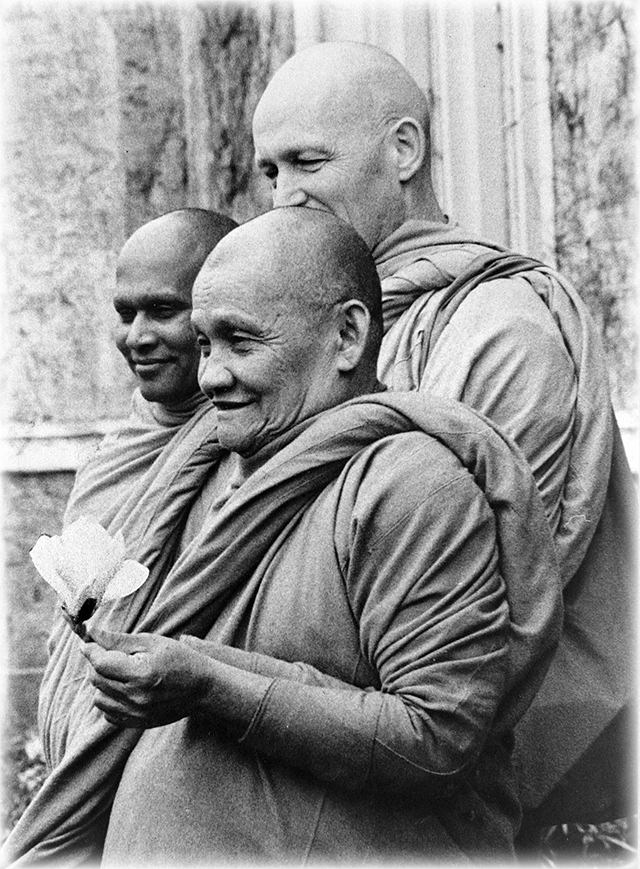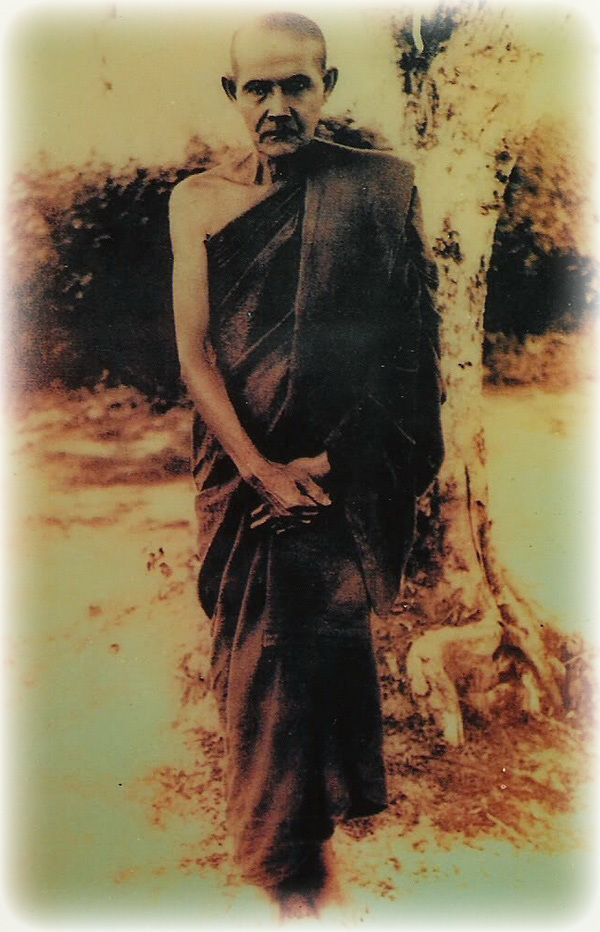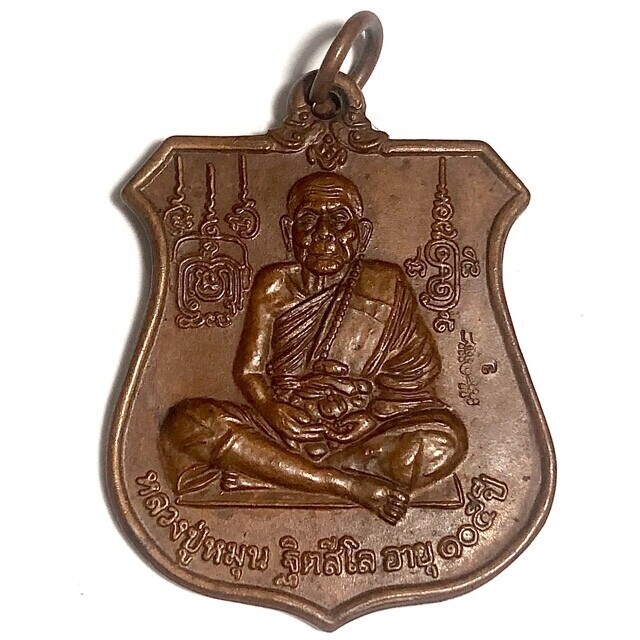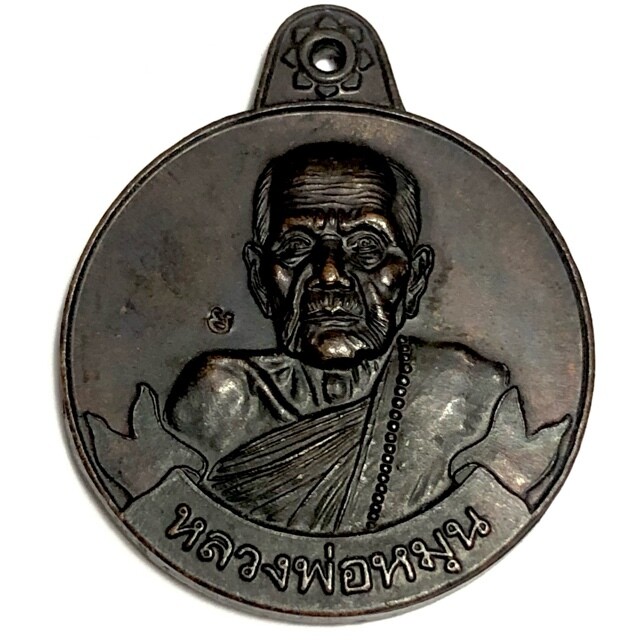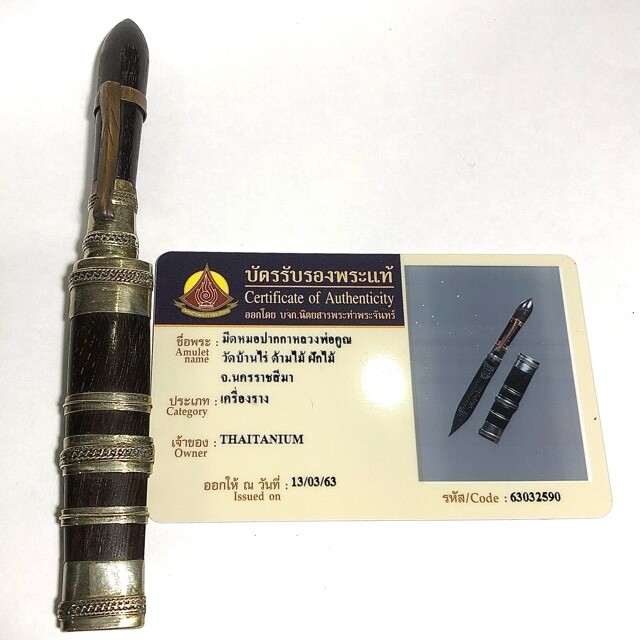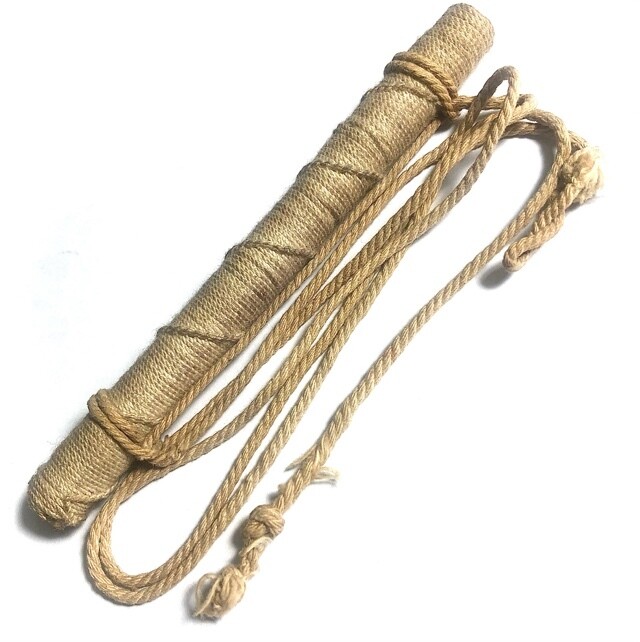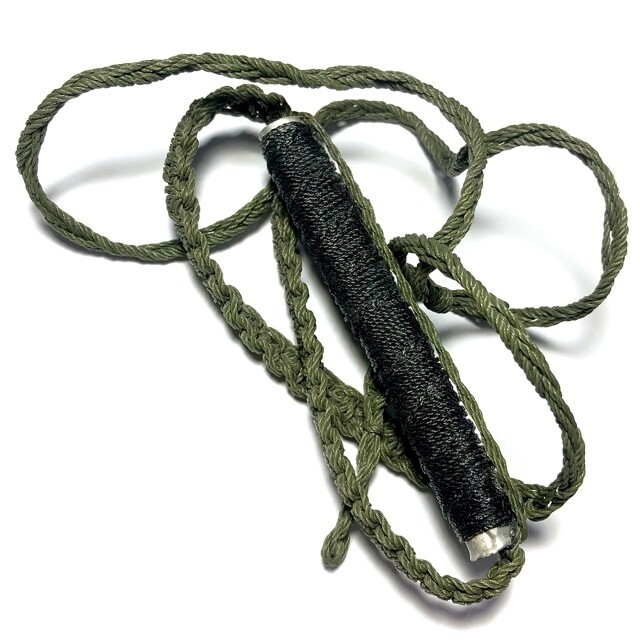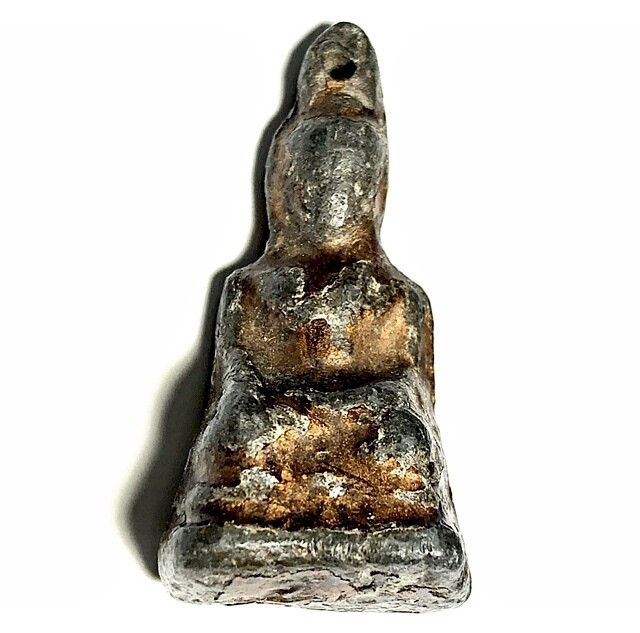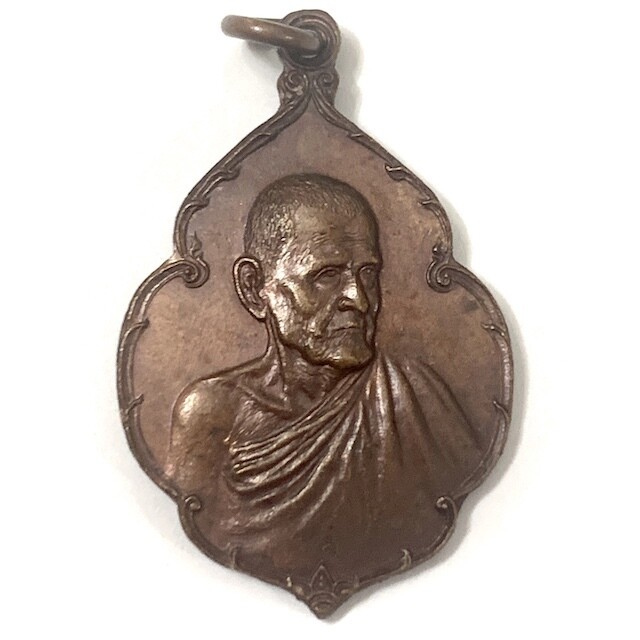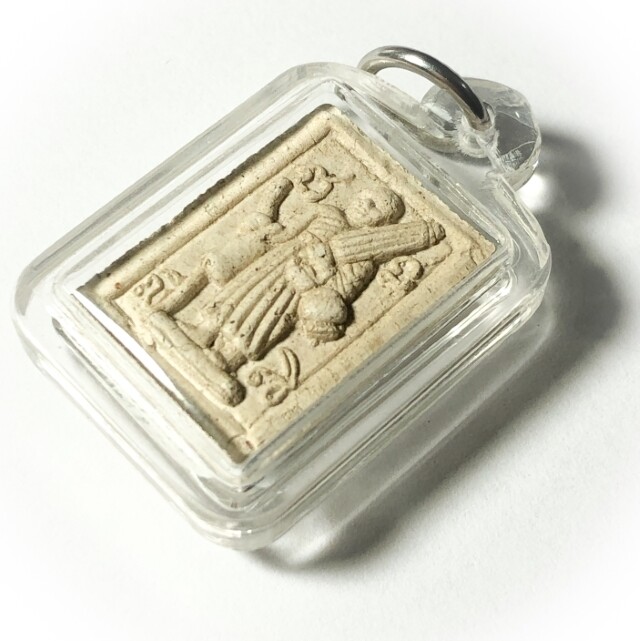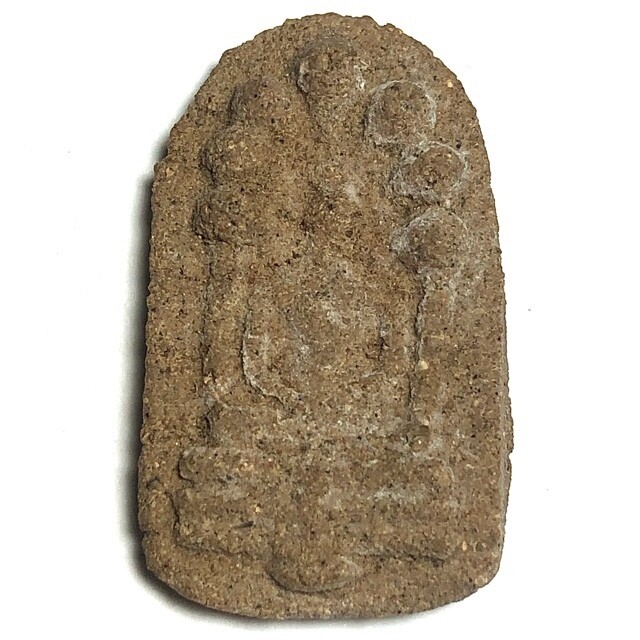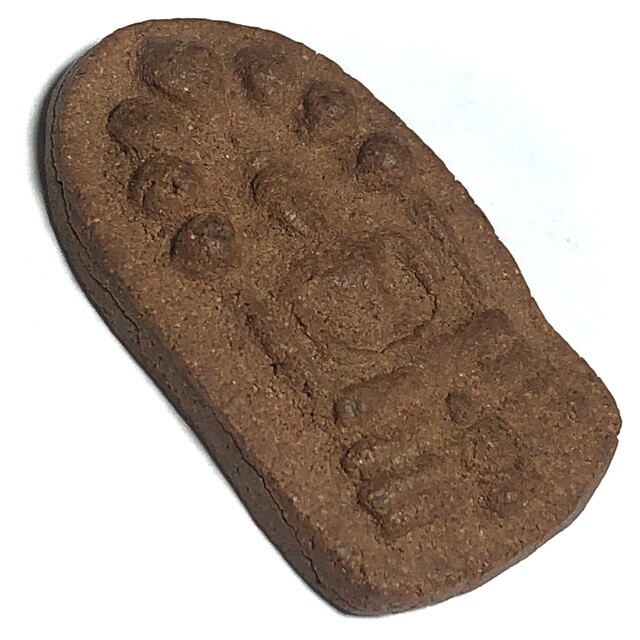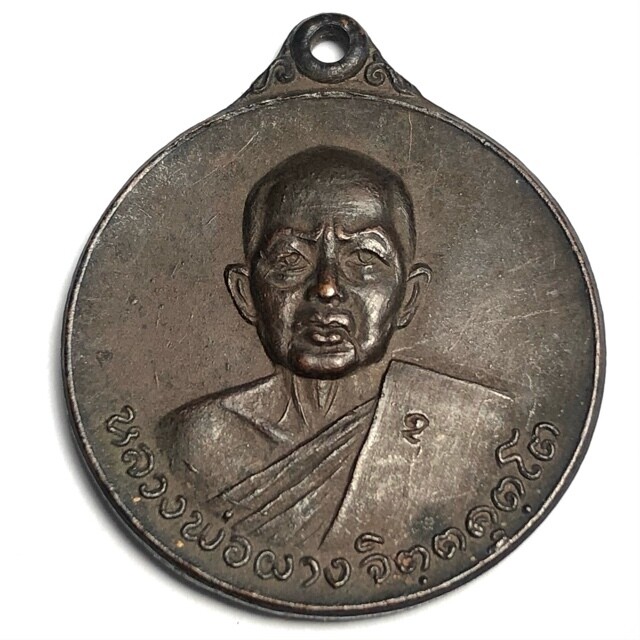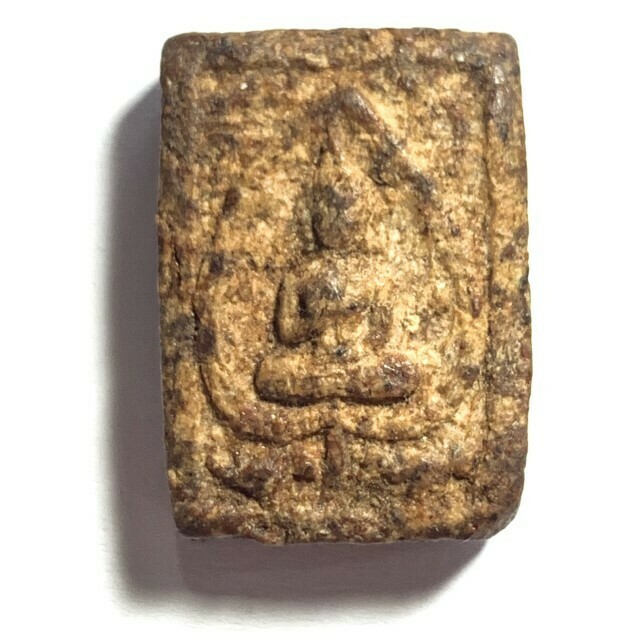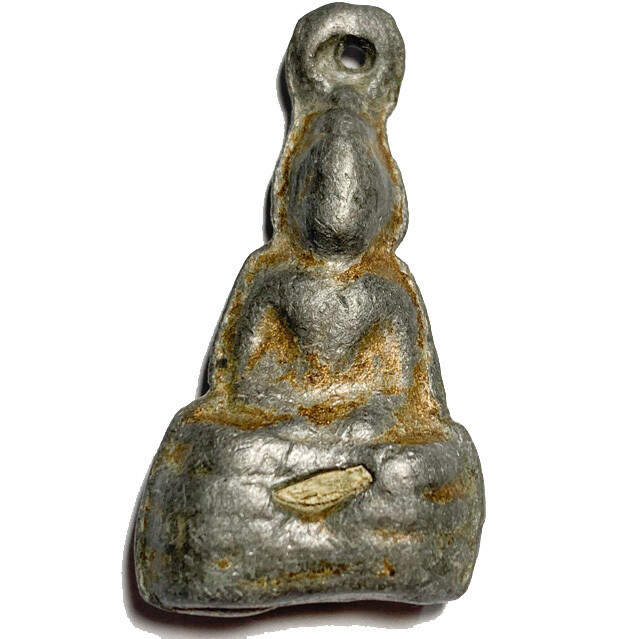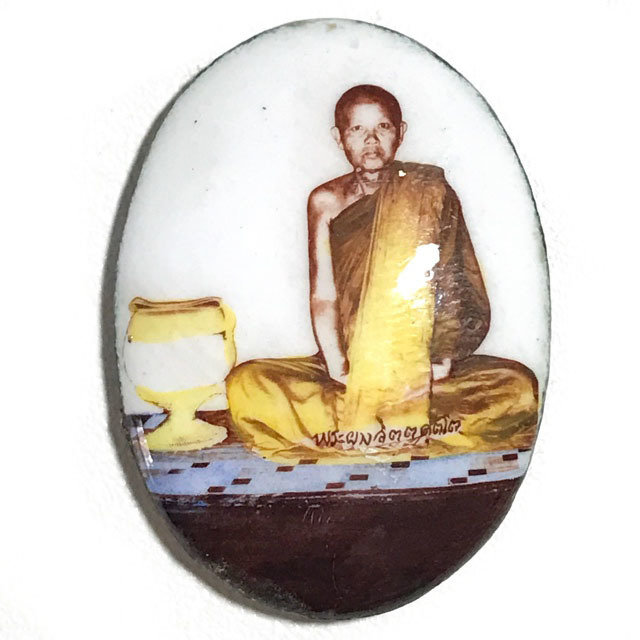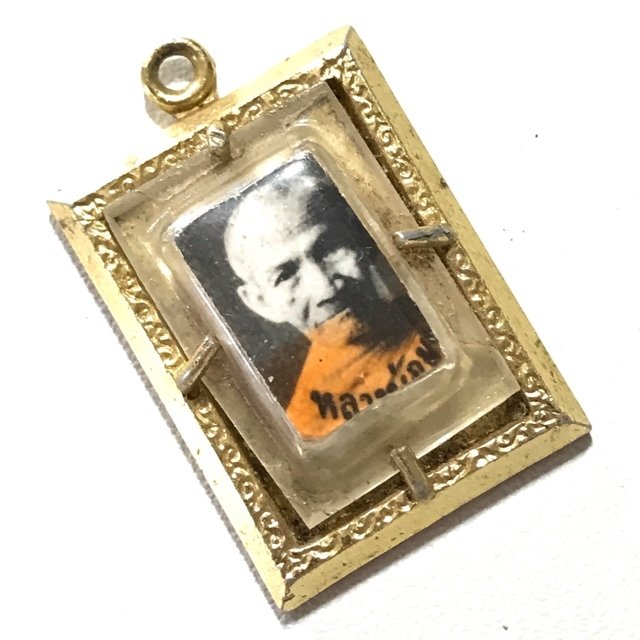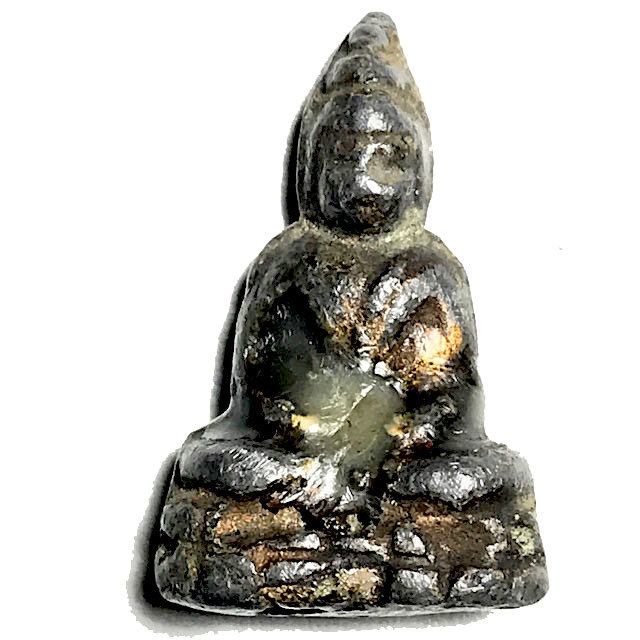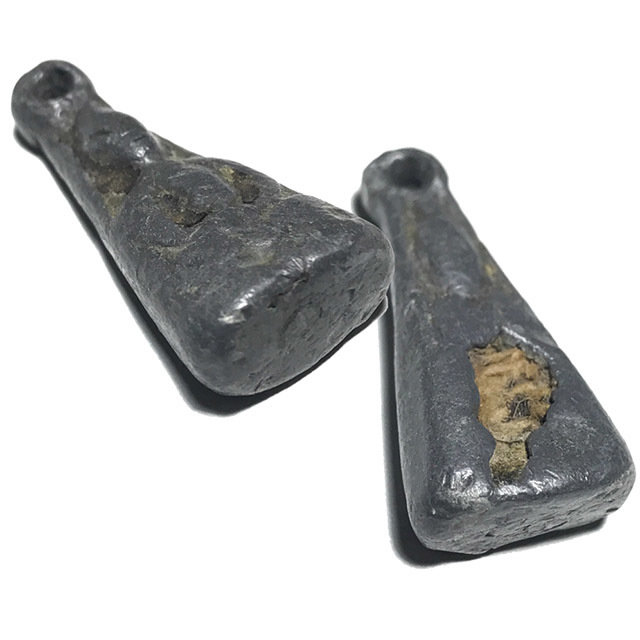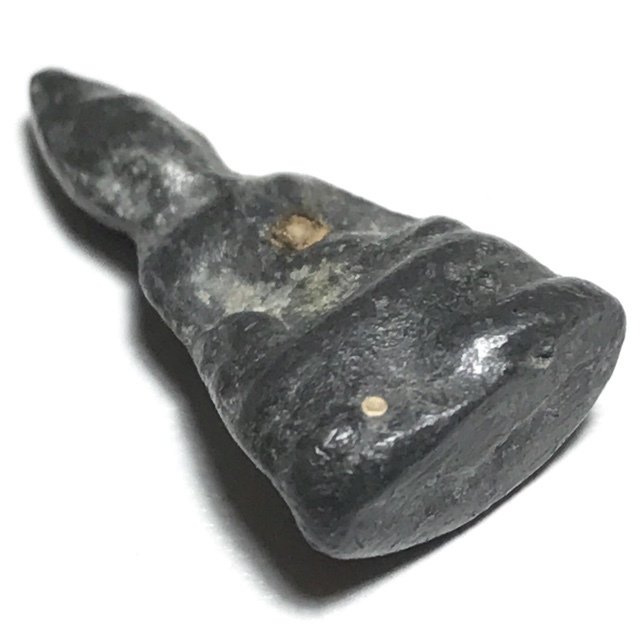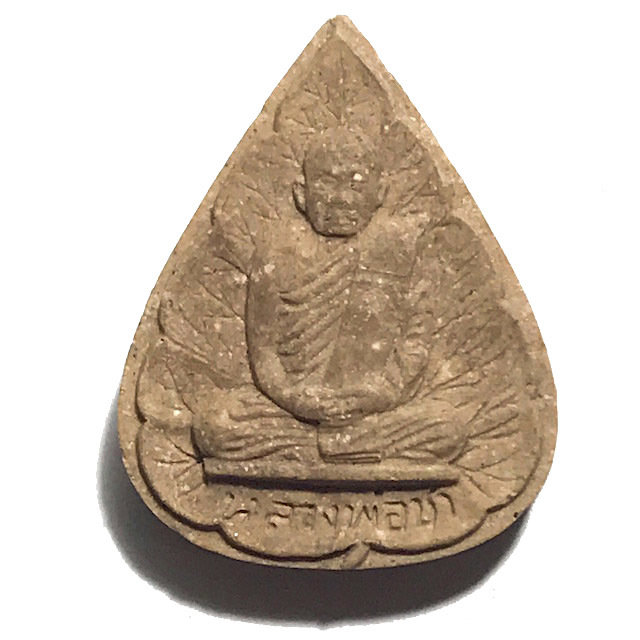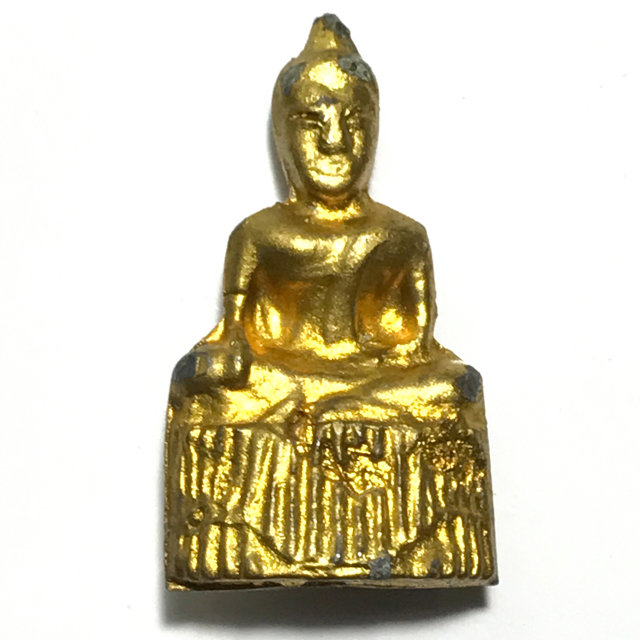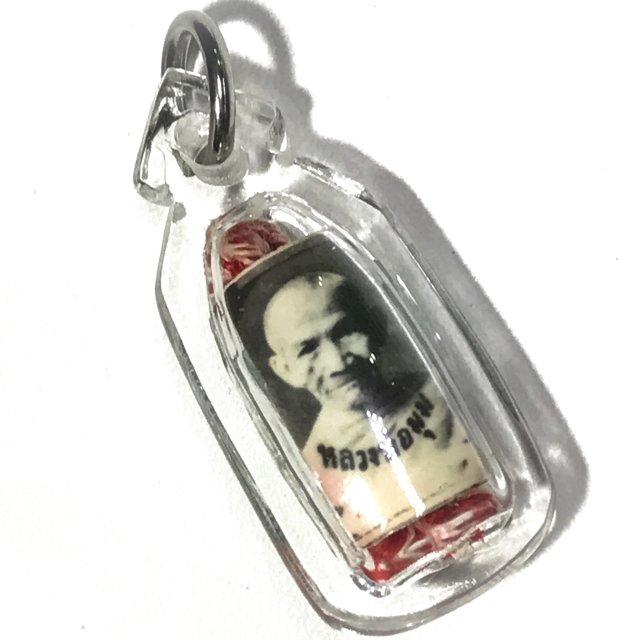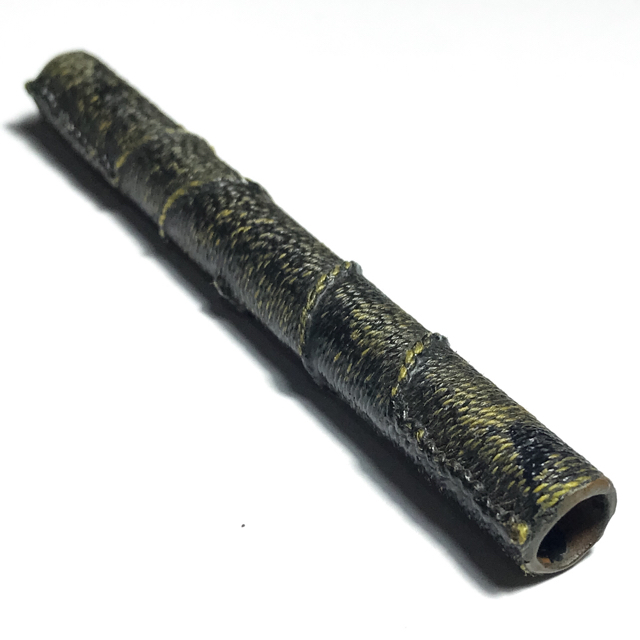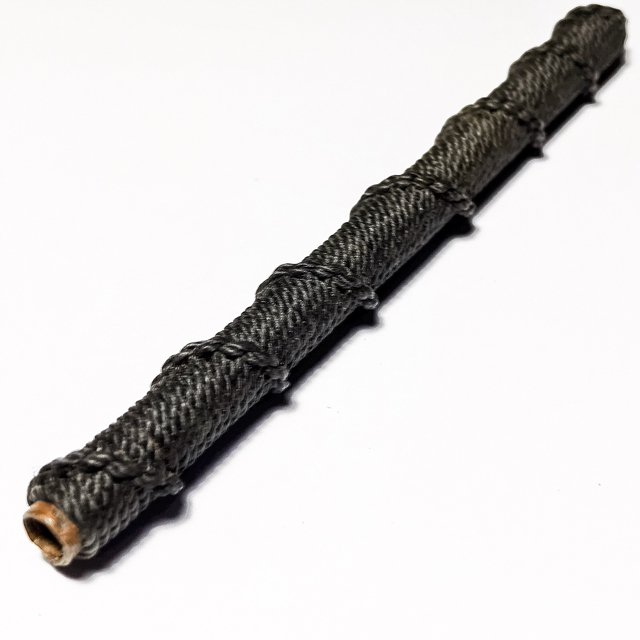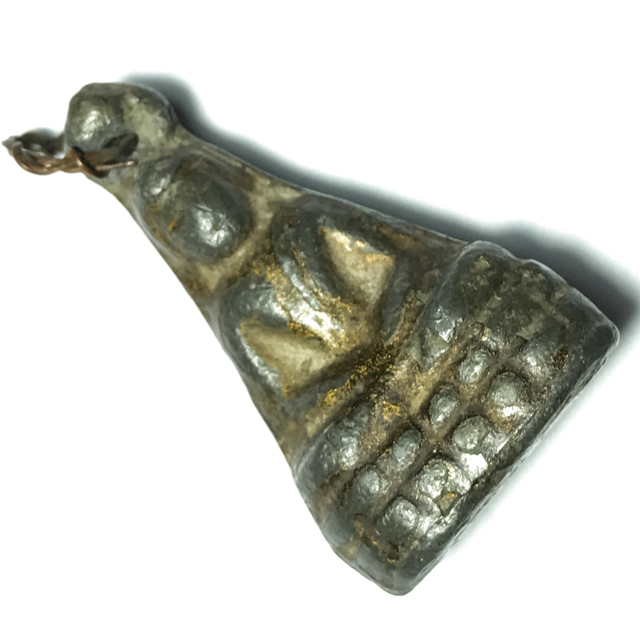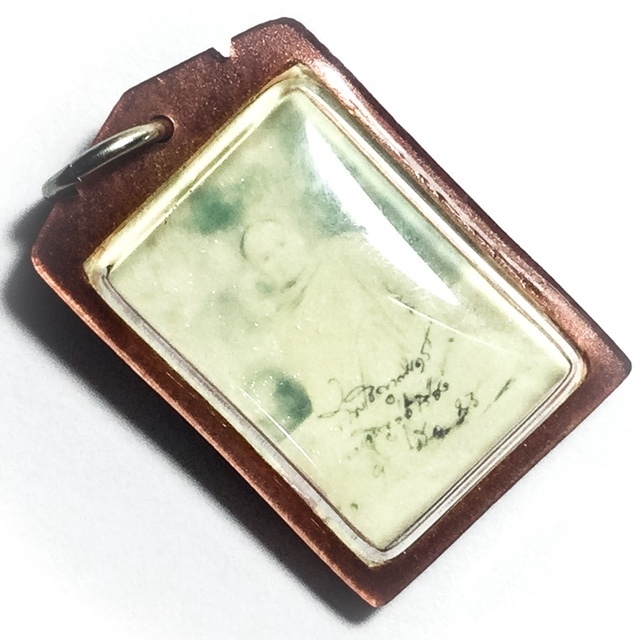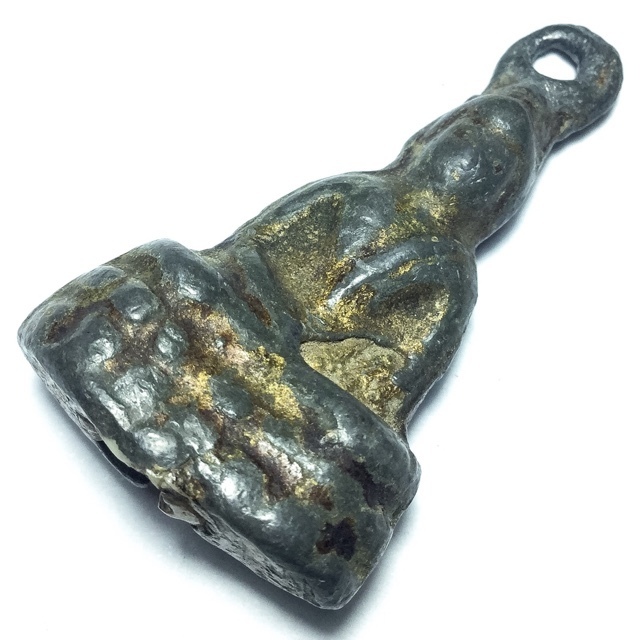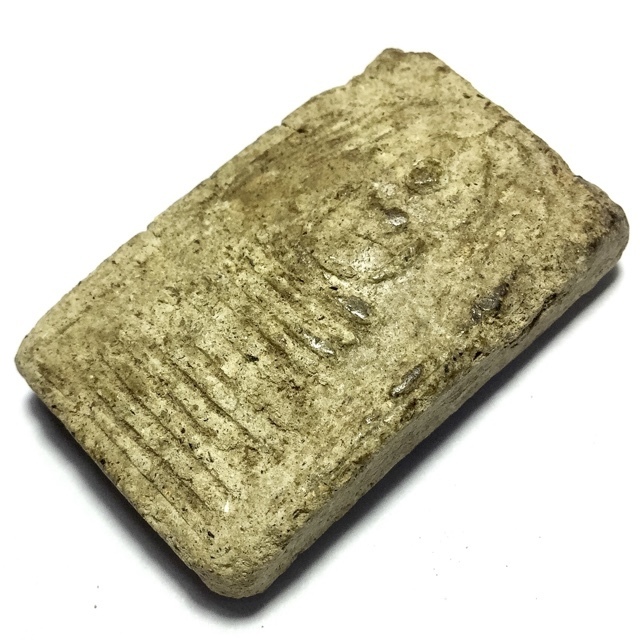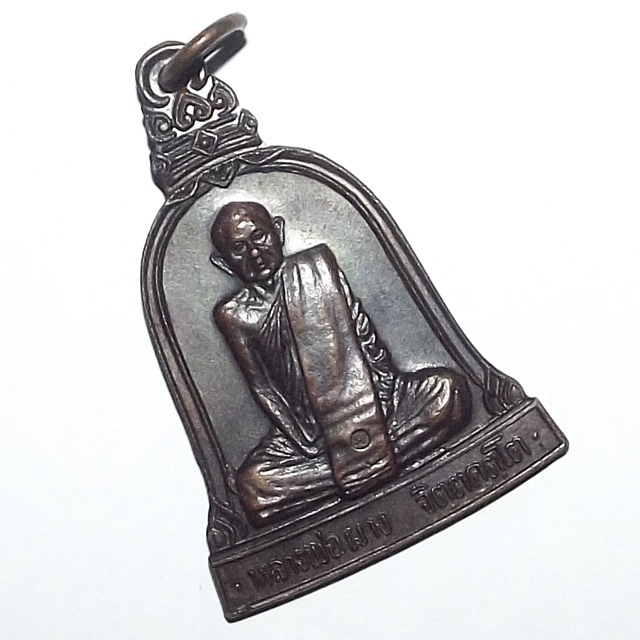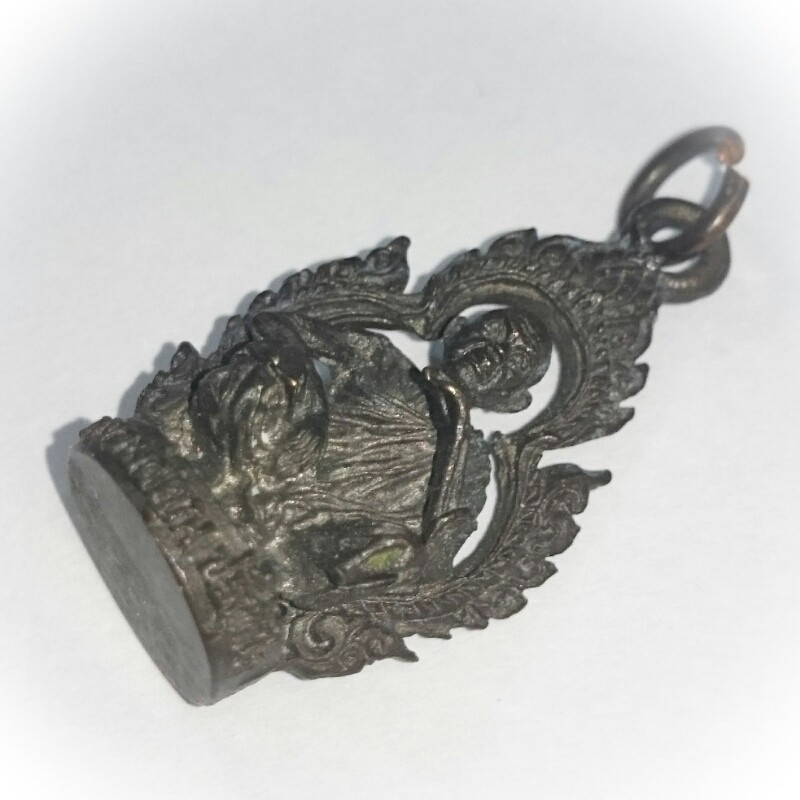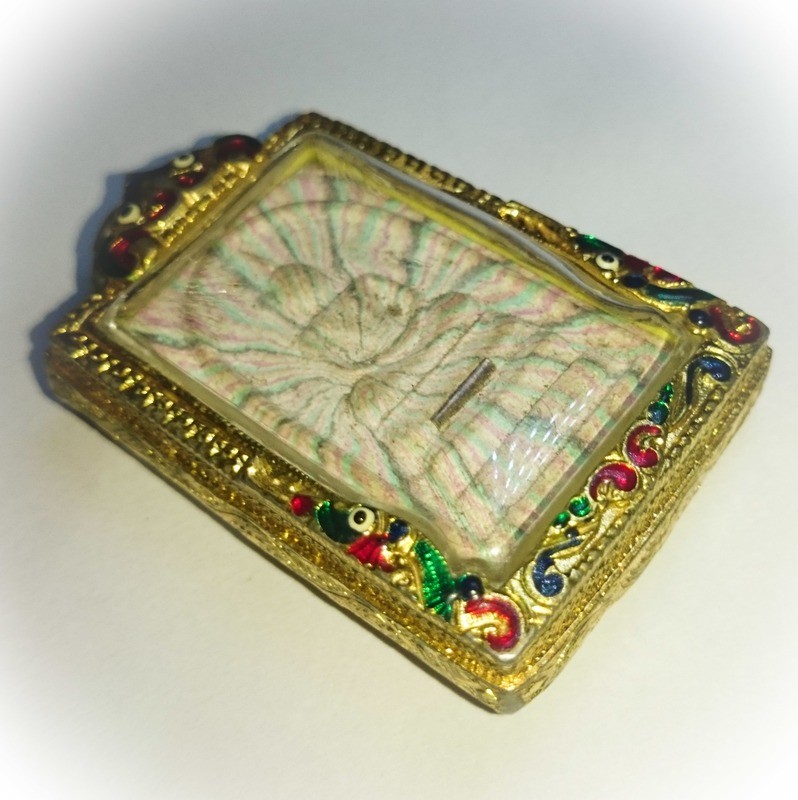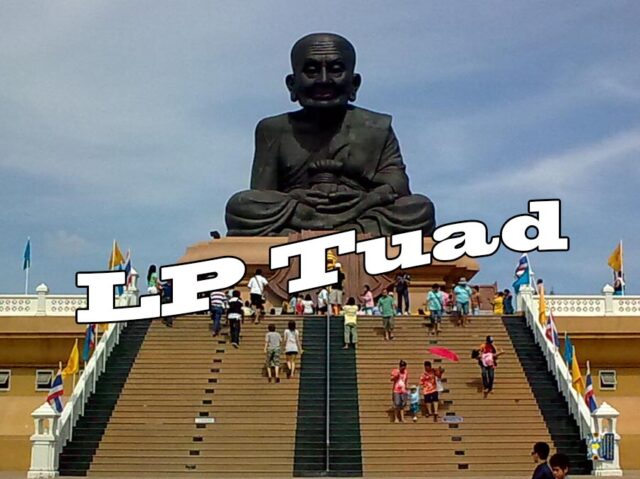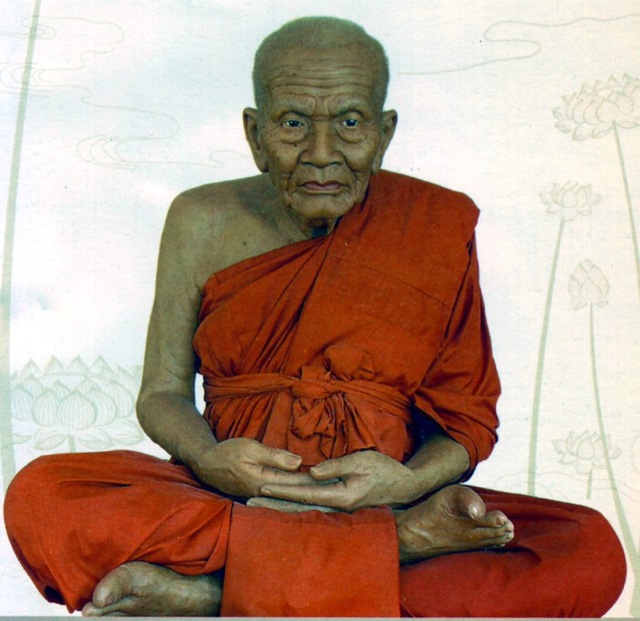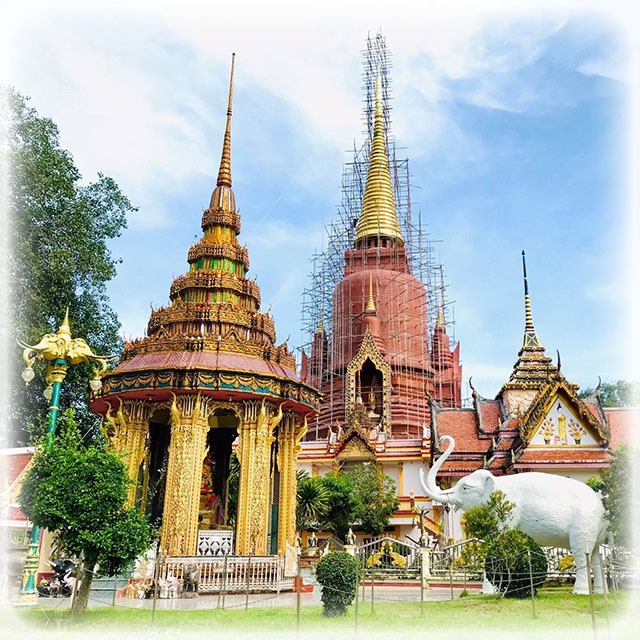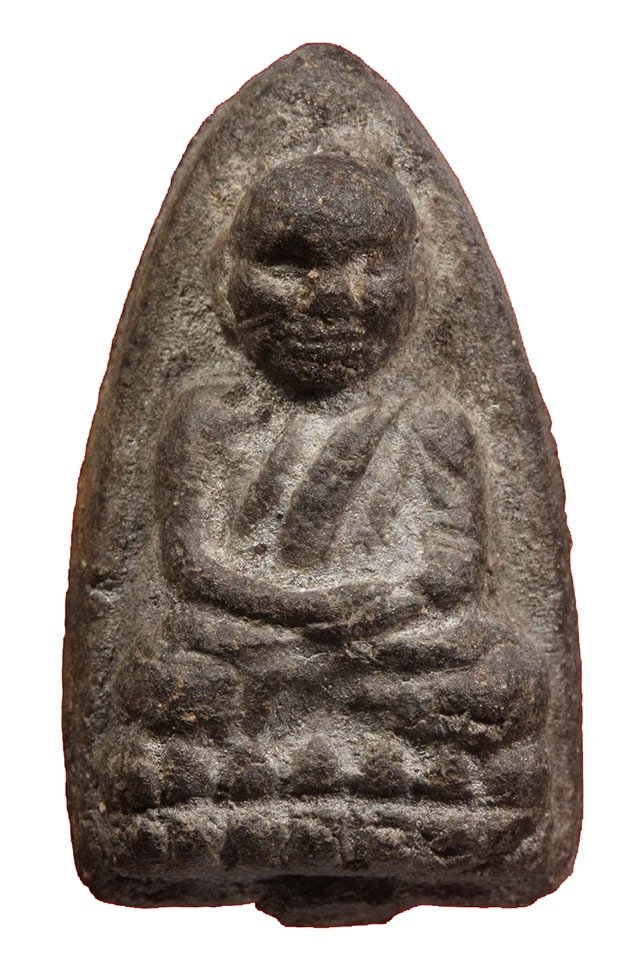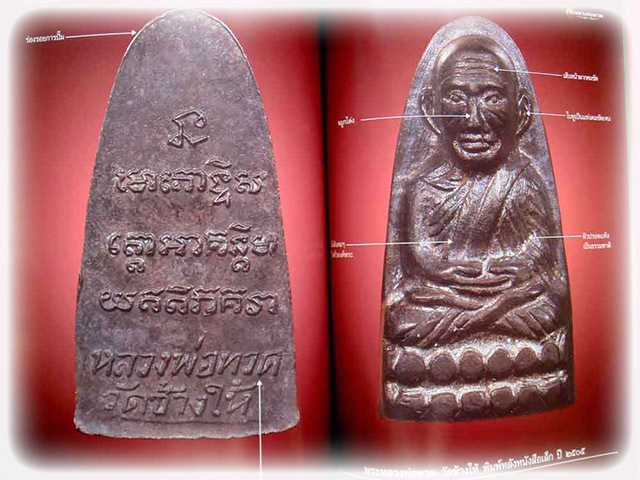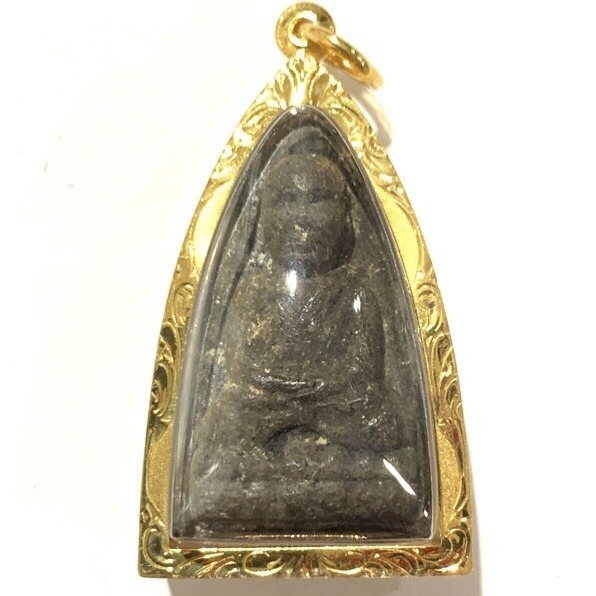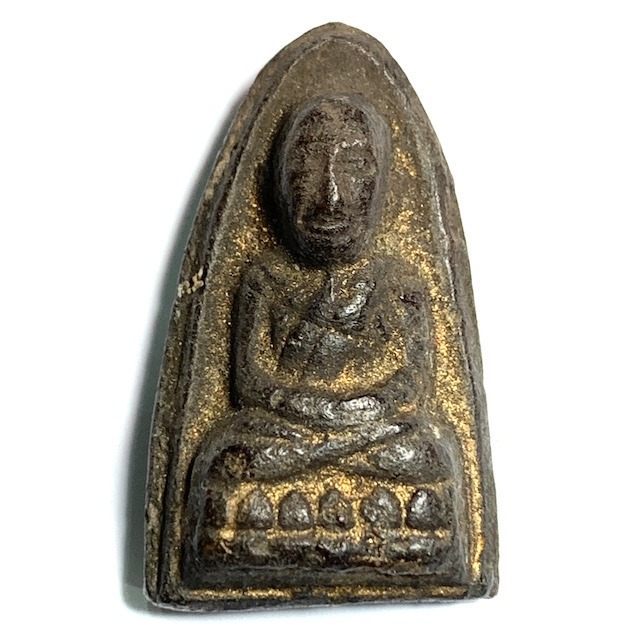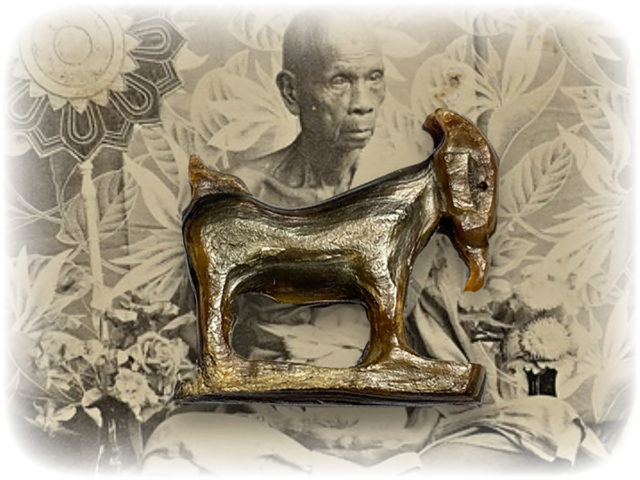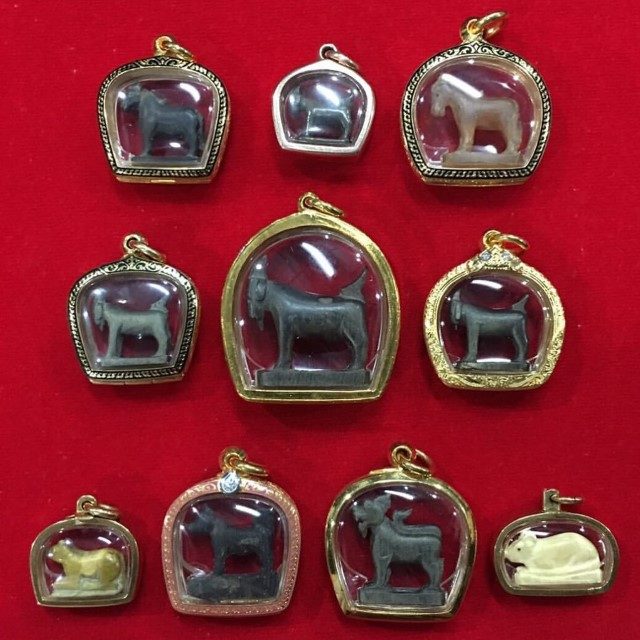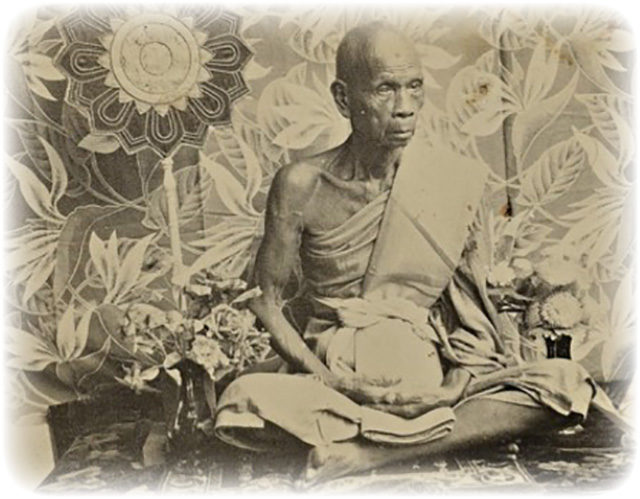The Life and Legacy of Luang Pu Chah
Early Life and Beginnings
Luang Pu Chah was born as Cha Chuangchot on Friday, June 17, 1918, during the seventh waxing moon of the seventh lunar month in the Year of the Horse. His birthplace was Ban Chik Kor, a small village in the Warin Chamraap district of Ubon Ratchathani Province in northeastern Thailand. He was the fifth of ten children born to his parents, Mr. Ma and Mrs. Phim Chuangchot.
Young Cha’s formal education was brief, completing only the first grade at the local Ban Kor School before his interest in religious life began to take precedence. This early inclination toward spiritual matters would prove to be a significant indicator of his future path.
Below; AI Generated talk by Gemini from a text by Ajarn Spencer Littlewood (Podcast)
Path to Monastic Life
At the age of twenty-one, after confirming he was not required for military service, Cha made the decisive choice to pursue full monastic ordination. On April 26, 1939, he was ordained at Wat Koh Nai in his home district of Warin Chamrap. The ordination ceremony was conducted with Phra Kru Intharasarakhun serving as his preceptor.
Interestingly, Luang Pu Chah’s journey to permanent monastic life wasn’t entirely straightforward. Records indicate that he experienced both monastic and lay life before his permanent ordination. This period of moving between these two worlds likely provided him with valuable perspective and a more mature understanding of his spiritual calling, ultimately strengthening his commitment to the monastic path.
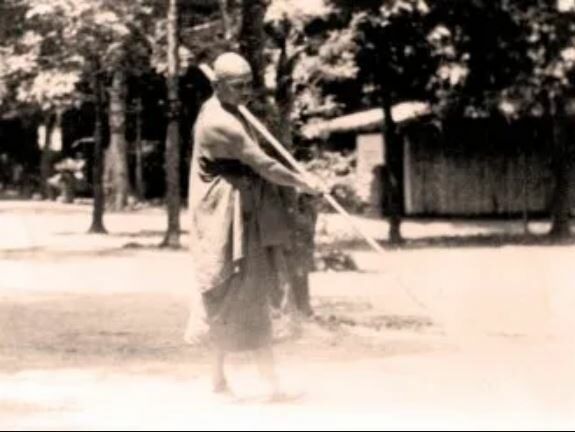
Educational Pursuits and Early Monastic Training
Following his ordination, Luang Pu Chah demonstrated remarkable dedication to his Buddhist education. He relocated to Wat Suan specifically to study at the monastic school associated with Wat Pho Tak. This move highlights his determination to acquire knowledge and his willingness to travel beyond his immediate surroundings in pursuit of learning.
In 1942, he continued his educational journey by moving to Wat Ban Nong Lak, which was then under the guidance of Phra Kru Akkhathamavicharn. This period was marked by significant hardship, as the region suffered from severe drought, resulting in scarcity of food and other necessities. Despite these challenges, Luang Pu Chah persevered in his studies.
His academic dedication bore fruit when, during his subsequent residence at Wat Ban Keng Yai with Phra Maha Chaeng, he passed the Naktham Tho examination—the second level of attainment in Dhamma studies. Eventually, he returned to Wat Nong Lak to continue his practice and studies.
Pivotal Training Under Ajahn Mun
The most transformative period in Luang Pu Chah’s development came through his discipleship under the renowned meditation master Ajahn Mun Bhuridatto. This relationship profoundly shaped his approach to Dhamma practice, with Ajahn Mun’s emphasis on direct experience and mindfulness becoming central elements of Luang Pu Chah’s own teaching style.
Under Ajahn Mun’s guidance, Luang Pu Chah developed a practice focused on mindfulness, introspection, and the cultivation of detachment. These elements would later become hallmarks of his own teaching methodology.
Establishment of Wat Nong Pah Pong
Early Days of Wat Nong Pha Pong
My research into Thai sources has shed light on the initial development of Wat Nong Pha Pong. Starting in a remote forest in 1954, the monastery faced many challenges. Ajahn Chah established a strict monastic discipline based on the original Buddhist teachings, emphasizing personal practice and setting a strong example for his followers.
Wat Nong Pah Pong would become the central monastery from which Ajahn Chah’s teachings and monastic discipline, would radiate throughout Thailand and eventually around the world. This forest monastery, became the heart of his growing influence, and the foundation for what would become an extensive network of branch monasteries.
From this single monastery, Luang Pu Chah’s approach to Buddhist practice spread widely, eventually leading to the establishment of over three hundred branch monasteries, both within Thailand, and internationally. This remarkable expansion speaks to the resonance of his teachings and the effectiveness of his monastic training methods.
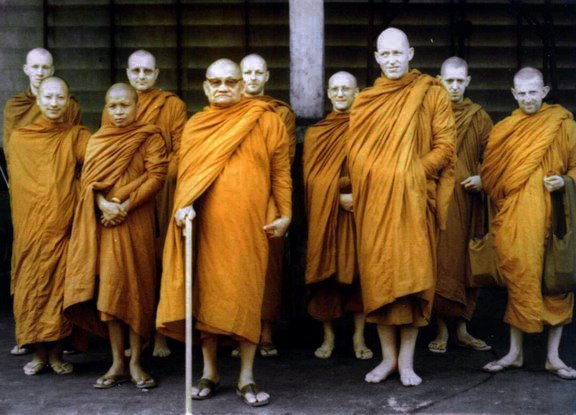
Core Teachings and Approach
Luang Pu Chah’s teachings centered on several key principles:
- The importance of mindfulness in everyday activities
- The cultivation of detachment from worldly concerns
- The necessity of introspective self-observation
- The skillful use of everyday experiences as opportunities for spiritual growth
What made Luang Pu Chah’s approach particularly effective was his ability to articulate profound Buddhist principles, through simple language, and relatable analogies. Rather than relying on abstract philosophical concepts, he made the Dhamma accessible, through practical instruction, and examples drawn from ordinary life. This approach, contributed significantly to the widespread appeal and accessibility of his wisdom

International Impact
Luang Pu Chah’s influence extended far beyond Thailand’s borders. His teachings attracted numerous Western disciples, many of whom went on to establish monasteries in their home countries. Today, monasteries in his lineage, can be found across Europe, North America, Australia, and New Zealand.
Some notable international monasteries in Luang Pu Chah’s tradition, include Bodhinyana Monastery in Australia, Bodhiyanarama in New Zealand, and Wat Pah Birken in Canada. These centers, continue to serve as vibrant hubs for spiritual cultivation and learning, preserving and transmitting his teachings, to new generations of practitioners.
Enduring Legacy
The enduring strength of Luang Pu Chah’s monastic lineage is evident in the continued vitality of his monasteries and the ongoing publication of works related to his teachings. Recent years have seen the publication of numerous books, that explore various aspects of his approach to Buddhist practice, including Ajahn Jayasaro’s comprehensive biography “Stillness Flowing” (2017) and various works by his Western disciples, that elaborate on specific aspects of meditation and Buddhist philosophy.
Even decades after his passing, the principles and practices championed by Luang Pu Chah, continue to be upheld and cherished by his devoted followers. His timeless wisdom and practical guidance, remain relevant, in an increasingly complex and interconnected world, offering a path to inner peace. and spiritual development that transcends cultural boundaries.
Luang Pu Chah’s legacy stands as one of the most significant contributions to Buddhism in the 20th century, with his influence continuing to grow. as his teachings reach new audiences through translations, publications, and the ongoing work of his monastic disciples around the world.
Ajahn Chah’s Philosophy
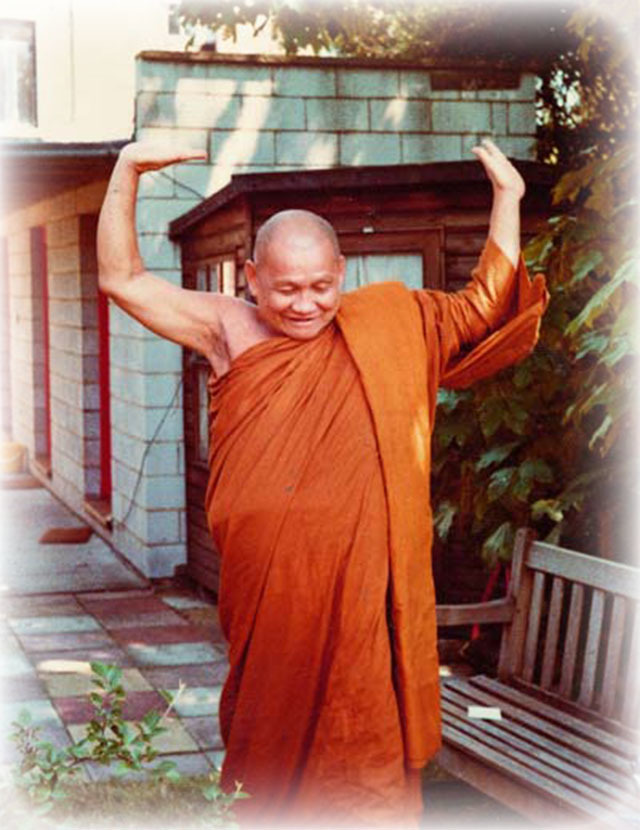
Ajahn Chah (1918-1992) was a renowned Thai Buddhist monk who played a significant role in the establishment of Theravada Buddhism in the West. As an influential teacher of the Buddhadhamma, he founded two major monasteries in the Thai Forest Tradition and gained widespread respect and admiration for his wisdom. After his passing in 1992, his funeral was attended by over one million people, including members of the Thai royal family, due to the large number of mourners expected to pay their respects. Ajahn Chah’s legacy includes a collection of dhamma talks, a network of monasteries, and numerous students who have carried on his teachings.
Ajahn Chah’s philosophy centers on simplicity, direct experience, and practical application of Buddhist teachings . He emphasized personal transformation through mindfulness and understanding the nature of reality .
Core Principles of Ajahn Chah’s Philosophy:
Simplicity: Ajahn Chah advocated for a straightforward approach to practice, avoiding unnecessary complexities .
Mindfulness (Sati): Central to his teachings, mindfulness involves paying attention to the present moment without judgment. It’s the foundation for understanding oneself and the nature of reality .
Impermanence (Anicca): Recognizing that all things are subject to change is crucial. Understanding impermanence helps diminish clinging and attachment .
Suffering (Dukkha): Ajahn Chah encouraged direct observation of suffering to understand its causes and find liberation from it .
Non-Self (Anatta): Understanding that there is no fixed, permanent self is key to liberation. This involves letting go of ego and attachment to identity .
Letting Go (Release): Ajahn Chah often spoke about the importance of letting go of attachments, desires, and aversions. This is essential for reducing suffering and finding peace .
Direct Experience: He emphasized the importance of personal experience over intellectual understanding .
The Present Moment: Ajahn Chah taught that the present moment is where true understanding and freedom can be found .
Living Dhamma: Ajahn Chah encouraged his students to live the Dhamma (teachings) in their daily lives rather than just studying it .
Importance of Community: Ajahn Chah valued the Sangha (community) as a supportive environment for practice .
In essence, Ajahn Chah‘s teachings provide a practical guide to living a mindful, compassionate, and liberated life by understanding and accepting the true nature of reality.

Famous sayings of Ajahn Chah
Based on my knowledge of Ajahn Chah’s teachings, here are 15 of his famous sayings:
- “If you want to understand suffering, you must look into the situation at hand. The teachings say that one should not cling. If we put this into practice and don’t cling to the concept of not clinging, what do we do? We develop the Path. We cultivate it, we practice it.”
- “Do everything with a mind that lets go. Don’t accept praise or gain or anything else. If you let go a little, you will have a little peace; if you let go a lot, you will have a lot of peace; if you let go completely, you will have complete peace.”
- “The heart of the path is quite simple. No need for long explanations. Give up clinging to love and hate, just rest with things as they are. That is all I do in my own practice.”
- “You are your own teacher. Looking for teachers can’t solve your own doubts. Investigate yourself to find the truth – inside, not outside. Knowing yourself is most important” .
- “Looking for peace is like looking for a turtle with a mustache: You won’t be able to find it. But when your heart is ready, peace will come looking for you” .
- “If it isn’t good, let it die. If it doesn’t die, make it good”.
- “The heart is the only book worth reading”.
- “When I know that the glass is already broken, every minute with it is precious”.
- “If you have time to be mindful, you have time to meditate”.
- “Peace is within oneself to be found in the same place as agitation and suffering. It is not found in a forest or on a hilltop, nor is it given by a teacher. Where you experience suffering, you can also find freedom from suffering. Trying to run away from suffering is actually to run toward it”.
- “These days people don’t search for the Truth. People study simply in order to find knowledge necessary to make a living, raise families and look after themselves, that’s all. To them, being smart is more important than being wise!”.
- “If we see everything as uncertain, then their I value fades away”.
- “With mindfulness you can see the real owner of things. Do you think this is your world, your body? It is the world’s world, the body’s body. If you tell it Don’t get old, does the body listen? Does your stomach ask permission to get sick? We only rent this house; why not find out who really owns it?”.
- “People go through life blindly, ignoring death like revellers at a party feasting on fine foods. They ignore that later they will have to go to the toilet, so they do not bother to find out where there is one. When nature finally calls, they have no idea where to go and are in a mess”.
- “Mindfulness is life. Whenever we don’t have mindfulness, when we are heedless, it’s as if we are dead”.
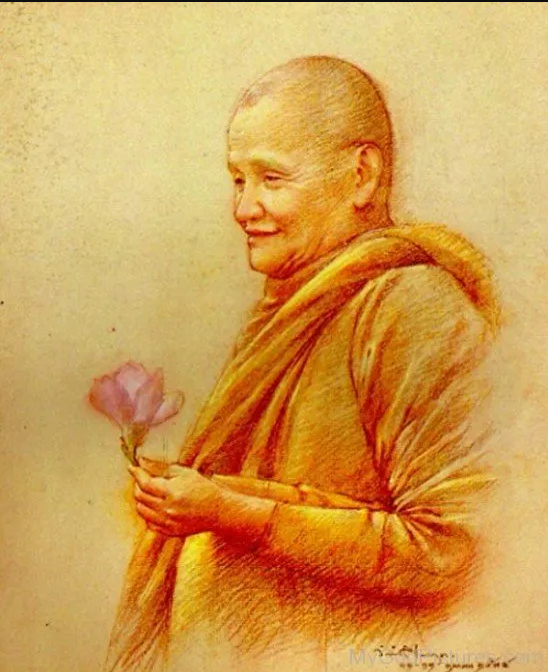
Ajahn Chah was known for his direct, practical approach to teaching Buddhism. His wisdom focused on mindfulness, letting go of attachments, and finding peace through accepting things as they are. These teachings continue to inspire practitioners around the world, both in the Thai Forest Tradition monasteries he established and beyond.
Ajahn Chah Subbhaddo, Ajahn Thanissaro, Ajahn Amaro, and Ajahn Sumedho: Trajectories, Achievements, and Teachings in the Propagation of the Thai Forest Tradition
Ajahn Chah Subbhaddo (พระโพธิญาณเถร (ชา สุภัทโท)), a pivotal figure in 20th-century Theravada Buddhism, is widely revered as a founder of the Thai Forest Tradition and for establishing the influential Wat Nong Pha Pong (วัดหนองป่าพง) in Ubon Ratchathani, Thailand. His impact extended far beyond the borders of Thailand, playing a crucial role in the establishment of Theravada Buddhism in Western countries. Among his many disciples, two Western monks, Ajahn Thanissaro Amaro and Ajahn Sumedho (สุเมโธ ภิกขุ), stand out for their significant contributions to disseminating his teachings and founding monasteries in the West. This report aims to provide a comprehensive account of these three individuals, exploring their life journeys, key achievements, and core teachings, while considering the profound interconnectedness of their efforts in propagating the Thai Forest Tradition globally.
The Formative Years and Monastic Journey of Ajahn Chah Subbhaddo
Chah Chuangchot (ชา ช่วงโชติ), later known as Ajahn Chah Subbhaddo, was born on June 17, 1918, in a rural farming village near Ubon Ratchathani in the Isan region of northeast Thailand. His family engaged in subsistence farming, a common livelihood in the region. Following local custom, he entered the monastery as a novice (สามเณร) at the age of nine, spending three years learning to read and write, a foundational aspect of traditional monastic education. He later returned to lay life to assist his family on their farm. However, his early monastic experience seems to have instilled a lasting inclination towards spiritual practice, as he re-entered monastic life on April 16, 1939, seeking full ordination as a Theravadan monk (ภิกขุ). Upon his higher ordination on April 26, 1939, he received the monastic name Subhaddo (สุภทฺโท), signifying “well-born” or “auspicious”. This early exposure to monastic life as a child and his subsequent return and dedication suggest a strong personal calling towards the Buddhist path.
Below; Forest Roots Global Reach The Inspiring Journey of Ajahn Chah and His Western-Disciples. (AI Generated Podcast from a Text by Ajarn Spencer Littlewood)
Ajahn Chah’s initial monastic training involved the traditional study of Buddhist teachings and the Pali scriptures, the canonical language of Theravada Buddhism. However, a significant turning point occurred in 1946 after the death of his father, which awakened him to the transience of life. This realization led to a sense of disenchantment with the settled monastic routine, prompting him to embark on a mendicant pilgrimage (ธุดงค์). He walked across Thailand, seeking teachings and guidance from various monasteries and teachers. This period of wandering and seeking culminated in his encounter with Ajahn Mun Bhuridatta (หลวงปู่มั่น ภูริทัตโต), a highly respected meditation master within the austere Forest Tradition. For the next seven years, Ajahn Chah practiced in the rigorous style of the Forest Tradition, spending time in forests, caves, and even cremation grounds, ideal environments for developing intensive meditation practice. He employed reflections on death as a means to deeply understand the true meaning of life, a common practice in the Forest Tradition aimed at fostering detachment and wisdom. A pivotal teaching from Ajahn Mun was that the essence of the extensive Buddhist teachings is remarkably simple, emphasizing the importance of establishing mindfulness and recognizing that all phenomena arise within the heart-mind. This direct and practical instruction profoundly influenced Ajahn Chah’s approach to both his personal practice and his later teaching style, prioritizing experiential understanding over mere intellectual study.
After years of wandering and intensive practice, Ajahn Chah decided to establish roots in an uninhabited grove near his birthplace. In 1954 (พ.ศ. 2497), Wat Nong Pah Pong (วัดหนองป่าพง) was founded in what was described as a fever-ridden and reputedly haunted forest. The monastery’s name, “Wat Nong Pah Pong,” was derived from the local geography, referring to a large pond in the forest where pong trees grew densely. Despite the initial hardships of malaria, inadequate shelter, and limited food resources, Ajahn Chah’s profound integrity and simple, direct teaching style began to attract a growing number of disciples, including the first Westerner, Ajahn Sumedho, who arrived in 1966. The choice of a remote and challenging location for the monastery reflected the core values of the Forest Tradition, emphasizing austerity, detachment, and reliance on inner resources. As the community of monks and lay practitioners expanded, Ajahn Chah established a set of monastic rules (ข้อกติกาของสงฆ์) in 1957 (พ.ศ. 2500). These rules, drawn from the Buddha’s teachings and monastic discipline (vinaya), were crucial for maintaining the integrity of the practice and preventing deviations from the path laid down by the Buddha. This early emphasis on strict discipline and practical application of the Dhamma laid the foundation for Wat Nong Pah Pong to become a central hub of the Thai Forest Tradition, attracting both Thai and international seekers.
Ajahn Thanissaro Bhikkhu: A Prolific Translator and Abbot in the Thai Forest Tradition
Ṭhānissaro Bhikkhu, also known as Ajahn Geoff, was born Geoffrey DeGraff in Long Island, New York, on December 28, 1949. He was first introduced to the Buddha’s teachings on the Four Noble Truths during a high school exchange trip. After graduating from Oberlin College in 1971 with a degree in European Intellectual History, he traveled to Thailand on a university fellowship. Following a two-year search, he became a disciple of Ajahn Fuang Jotiko, a Kammatthana monk who studied under Ajahn Lee Dhammadaro. He was ordained as a monk at Wat Dhammasathit in 1976 and remained there until Ajahn Fuang’s passing in 1986.

In 1991, Ajahn Thanissaro traveled to San Diego County in the United States at the request of Ajahn Suwat Suvaco, where he helped establish Metta Forest Monastery (Wat Mettavanaram). He has served as the abbot of Metta Forest Monastery since 1993, making it the first monastery in the Thai Forest Tradition in the U.S. Ajahn Thanissaro is highly respected for his strict adherence to the Vinaya, the Buddhist monastic code, emphasizing reliance on donations and living in the wilderness, key aspects of the Thai Forest Tradition. In 1995, he became the first American-born, non-Thai bhikkhu to be appointed a Preceptor (Upajjhaya) in the Dhammayut Order, and he also serves as the Treasurer of this order in the United States.

Ajahn Thanissaro is renowned for his extensive work in translating Buddhist scriptures from the Pali Canon, including the Dhammapada and the Sutta Pitaka, making over 1000 suttas accessible in English. His translations are widely used and respected for their accuracy and clarity. He has also authored numerous books and study guides on various aspects of Buddhist practice and the Vinaya, including The Buddhist Monastic Code, a comprehensive two-volume reference handbook for monks. His teachings often emphasize the importance of understanding the strategic purpose behind the Buddha’s teachings and the cultivation of skills for awakening. Ajahn Thanissaro’s dedication to both preserving the monastic discipline and making the core teachings of Buddhism accessible through his translations has made him a significant figure in Western Buddhism.
Ajahn Amaro: From the West to the Forest and Beyond
Jeremy Charles Julian Horner, later known as Ajahn Amaro, was born in Kent, England, on September 2, 1956. He received his education at Sutton Valence School and Bedford College, University of London, where he graduated in 1977 with a Bachelor of Science degree in Psychology and Physiology. Before embracing monastic life, Ajahn Amaro acknowledged that his primary interests after university were typical of skeptical students of the time, including “sex, drugs and rock’n’roll,” alongside an interest in the theories of Rudolf Steiner. This background contrasts sharply with traditional monastic upbringings, underscoring the broad appeal of the Thai Forest Tradition to Western individuals from diverse secular backgrounds who were seeking deeper spiritual meaning in their lives.

In 1978, following his graduation, Ajahn Amaro’s spiritual quest led him to Wat Pah Nanachat (วัดป่านานาชาติ) in northeast Thailand.< This monastery, meaning “International Forest Monastery,” was specifically founded by Ajahn Chah to accommodate the growing number of Western disciples interested in training in the Forest Tradition. Ajahn Amaro found himself deeply inspired by the charismatic presence and teachings of Ajahn Chah, as well as the encouragement he received from Ajahn Pabhakaro, a senior American monk at the monastery. This direct exposure to Ajahn Chah’s transformative influence motivated him to embark on the monastic path. He initially became a lay renunciate, followed by ordination as a novice. In 1979, he received higher ordination (upasampada) from Ajahn Chah, becoming a Theravadin bhikkhu (monk). He spent the subsequent two years in Thailand, immersing himself in the rigorous training and practices under Ajahn Chah’s guidance. Ajahn Amaro’s personal experience of Ajahn Chah’s profound wisdom and the disciplined monastic environment solidified his commitment to the Thai Forest Tradition.
Upon returning to England, Ajahn Amaro played a crucial role in assisting Ajahn Sumedho in establishing Chithurst Monastery (Cittaviveka) in West Sussex. In 1983, with the blessing of Ajahn Sumedho, he undertook an 830-mile walking pilgrimage to Harnham Vihara in Northumberland, an arduous journey he documented in his book Tudong: The Long Road North. The early 1990s saw Ajahn Amaro making several teaching trips to northern California, where his presence and guidance fostered enthusiasm for establishing a permanent monastic community in the region. This eventually led to the founding of Abhayagiri Monastery in Redwood Valley, California, in 1996, which he co-founded with Ajahn Pasanno and where he served as co-abbot until 2010. In 2010, Ajahn Amaro returned to England to assume the role of abbot at Amaravati Buddhist Monastery, succeeding Ajahn Sumedho. Throughout his monastic life, Ajahn Amaro has been a prolific author, producing numerous books and articles on various aspects of Buddhist practice and philosophy, effectively disseminating the teachings to a Western audience. His teaching style is characterized by an emphasis on conveying both the essence and the specifics of Buddhism through his own lifestyle, clear explanations, and the use of storytelling to make the teachings relatable and accessible. Ajahn Amaro’s dedication to establishing and leading monasteries, coupled with his literary contributions, has significantly enriched the landscape of Western Buddhism.
Ajahn Sumedho Bhikkhu: Pioneering the Thai Forest Tradition in the West
Robert Karr Jackman, later known as Ajahn Sumedho, was born in Seattle, Washington, USA, on July 27, 1934. His early life included a four-year stint as a medic in the US Navy during the Korean War, starting at the age of eighteen. Following his military service, he pursued higher education, earning a BA in Far Eastern Studies and an MA in South Asian Studies from the University of California, Berkeley, in 1963. Before his monastic life, he also served in the Peace Corps as an English teacher in Borneo from 1964 to 1966. A pivotal moment occurred in 1966 during a break in Singapore when he was struck by the sight of a Buddhist monk, sparking an interest in monastic life. Ajahn Sumedho’s diverse background and his later attraction to Buddhism highlight the tradition’s capacity to resonate with individuals from a wide spectrum of life experiences.

In 1966, Ajahn Sumedho’s burgeoning interest led him to Thailand, where he was ordained as a novice (samanera) and subsequently received full ordination as a bhikkhu in 1967. From 1967 to 1977, he underwent intensive training under Ajahn Chah at Wat Nong Pah Pong, ultimately becoming recognized as Ajahn Chah’s senior Western disciple. In 1975, he played a key role in establishing Wat Pah Nanachat (วัดป่านานาชาติ), the International Forest Monastery, and served as its first abbot. During his time under Ajahn Chah, Ajahn Sumedho experienced the Thai master’s rigorous and often unconventional teaching methods, designed to challenge his disciples’ attachments and foster deep insight. This decade of immersive training was foundational for Ajahn Sumedho’s own spiritual development and prepared him for his future role in the West. The establishment of Wat Pah Nanachat marked a significant milestone in the spread of the Thai Forest Tradition beyond Thailand, providing a dedicated space for Westerners to train according to its principles.
Ajahn Sumedho’s pivotal role in the West began in 1977 when he accompanied Ajahn Chah on a visit to England. Recognizing the growing interest in Buddhism among Westerners, Ajahn Chah encouraged Ajahn Sumedho to remain in England to establish a branch monastery. This led to the founding of Cittaviveka (Chithurst Buddhist Monastery) in West Sussex in 1979. In 1984, he furthered this effort by establishing Amaravati Buddhist Monastery in Hertfordshire, where he served as abbot until his retirement in 2010. Shortly after establishing Cittaviveka, Ajahn Sumedho was granted the authority to ordain others as monks. Recognizing the need for female monastic representation in the West, he also established a ten-precept ordination lineage for women known as “Siladhara”. Ajahn Sumedho’s teachings, disseminated through numerous books and talks, are characterized by their clarity, directness, practicality, and a distinctive sense of humor. He consistently emphasizes the cultivation of immediate intuitive awareness, often using the phrase “Right now, it’s like this…” to encourage acceptance of the present moment. He also promotes the “sound of silence” as a powerful meditation technique for fostering inner peace and insight. Ajahn Sumedho’s pioneering efforts in establishing monasteries, ordaining Western monastics, and offering accessible teachings have been foundational for the flourishing of the Thai Forest Tradition in the West.

Core Teachings and Philosophical Contributions
Ajahn Chah’s fundamental teachings centered on the principles of simplicity, mindfulness, impermanence, and letting go. He emphasized the cultivation of mindfulness (สติ) in all aspects of daily life, encouraging practitioners to observe their thoughts, feelings, and actions with present moment awareness. Understanding impermanence (อนิจจัง) was presented as a crucial insight leading to liberation from suffering, prompting reflection on the constantly changing nature of all phenomena. Ajahn Chah strongly advocated for the practice of letting go (ปล่อยวาง) of attachments and aversions, recognizing these as root causes of suffering. A central theme in his teachings was the idea that “everything is teaching us,” encouraging a constant openness to learning from all experiences. He prioritized the training of the heart, emphasizing direct experiential understanding of the Dhamma over mere intellectual comprehension. Ajahn Chah’s teaching style was direct, simple, and practical, making profound Buddhist principles accessible to individuals from diverse backgrounds, both Thai and Western.
Ajahn Amaro’s teachings and writings often reflect and build upon Ajahn Chah’s core principles. He emphasizes the importance of both mindfulness and wisdom as essential guiding factors in spiritual practice. A significant aspect of his contribution lies in exploring the integration of Buddhist practice into the context of daily life in the West, addressing the unique challenges and opportunities faced by Western practitioners. Ajahn Amaro also navigates the complexities inherent in transmitting Buddhist teachings across cultural boundaries, offering insights into how the core principles can be understood and applied within a Western framework. His role as a direct disciple of Ajahn Chah and a subsequent teacher and leader in the West positions him as a vital interpreter and communicator of the Thai Forest Tradition’s wisdom for a contemporary Western audience.
Ajahn Sumedho is particularly known for his accessible and practical approach to teaching the Dhamma. His teaching style is characterized by its clarity, directness, and frequent use of humor, making profound concepts relatable to a wide audience. He places a strong emphasis on the practical application of Buddhist principles in everyday life, encouraging practitioners to integrate mindfulness and wisdom into their daily routines. Ajahn Sumedho often stresses the importance of cultivating immediate intuitive awareness, encapsulated in his recurring phrase “Right now, it’s like this…”, which promotes a non-judgmental acceptance of the present moment. He also teaches the “sound of silence” as a key meditation technique for developing inner stillness and insight. His consistent advice to “trust in awareness” encourages practitioners to find refuge in their own innate capacity for knowing. Ajahn Sumedho’s teaching style effectively bridges the gap between traditional Buddhist philosophy and Western understanding, making the path accessible and appealing to a diverse audience seeking practical guidance in their spiritual lives.
The Enduring Legacy and Global Impact
The influence of Ajahn Chah and his disciples has led to a significant expansion of the Thai Forest Tradition worldwide. Wat Nong Pha Pong, established in 1954, serves as the main monastery and the spiritual heart of this lineage. It has grown to include over 250 branch monasteries across Thailand and more than 15 associated monasteries and ten lay practice centers globally. Ajahn Chah’s teachings have resonated with individuals from diverse cultures, leading to the establishment of monasteries in numerous Western countries. The Forest Sangha, a worldwide community following Ajahn Chah’s tradition, continues to thrive and expand. Even after Ajahn Chah’s passing in 1992, new branch monasteries continue to be founded, testament to the enduring power and relevance of his teachings. Wat Nong Pha Pong remains a central hub for disciples, hosting an annual gathering on the anniversary of Ajahn Chah’s death. The monastery maintains a strict monastic discipline and a simple, aesthetic lifestyle, embodying the core principles of the Thai Forest Tradition. It also houses significant structures, including the ubosot (โบสถ์), the chedi (เจดีย์) containing Ajahn Chah’s relics, and a museum dedicated to preserving his life and teachings.
Ajahn Sumedho played a foundational role in establishing the Thai Forest Tradition in the West, founding key monasteries such as Cittaviveka and Amaravati in the UK, which have in turn inspired the creation of numerous other monasteries worldwide. Ajahn Amaro has continued this vital legacy through his leadership at Amaravati and his extensive body of teachings and writings, which have reached a broad Western audience seeking authentic Buddhist practice. Together, Ajahn Sumedho and Ajahn Amaro have trained a significant number of Western monks and nuns, ensuring the continuation of the Ajahn Chah lineage in the West and fostering the growth of monastic communities dedicated to the Forest Tradition. Their accessible and relatable teaching styles have played a crucial role in making Theravada Buddhism more understandable and applicable to Western cultural contexts, attracting a diverse range of practitioners seeking a path to inner peace and liberation.
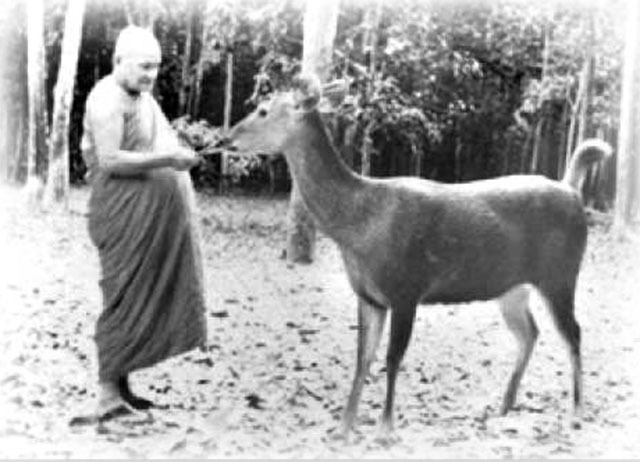
The Masters In Summary;
The lives and trajectories of Ajahn Chah Subbhaddo, Ajahn Thanissaro Amaro, and Ajahn Sumedho are deeply intertwined in the history and propagation of the Thai Forest Tradition. Ajahn Chah, through his profound personal practice and simple yet penetrating teachings, revitalized the Forest Tradition in Thailand and attracted a global following. His emphasis on mindfulness, impermanence, letting go, and the wisdom inherent in direct experience formed the bedrock of his teachings.
Ajahn Amaro and Ajahn Sumedho, as his prominent Western disciples, embraced these core principles and dedicated their lives to establishing and nurturing the tradition in the West. Ajahn Sumedho’s pioneering efforts in founding monasteries, and ordaining Westerners, coupled with his accessible and humorous teaching style, were instrumental in introducing the Thai Forest Tradition to a Western audience.
Ajahn Amaro has continued this legacy through his leadership, teaching, and extensive writings, further adapting and disseminating the wisdom of the tradition within Western cultural contexts. Their collective and individual achievements have not only led to the establishment of a significant monastic presence in the West but have also provided invaluable spiritual guidance to countless lay practitioners. The enduring legacy of Ajahn Chah, carried forward by his dedicated disciples, has profoundly impacted contemporary Buddhism, offering a clear and practical path to spiritual awakening and inner peace for individuals around the world.
Key Biographical Details
| Ajahn Chah’s Core Teaching | Emphasis by Ajahn Amaro | Emphasis by Ajahn Sumedho | Emphasis by Ajahn Thanissaro Bhikkhu |
|---|---|---|---|
| Simplicity | Yes | Yes | Yes |
| Mindfulness | Yes | Yes | Yes |
| Impermanence | Yes | Yes | Yes |
| Letting Go | Yes | Yes | Yes |
| “Everything is Teaching Us” | Yes | Yes | Yes |
| Heart Training/Experience | Yes | Yes | Yes |
| Vinaya | Yes | ||
| Translation of Scriptures | Yes |
Isan Master Amulets
